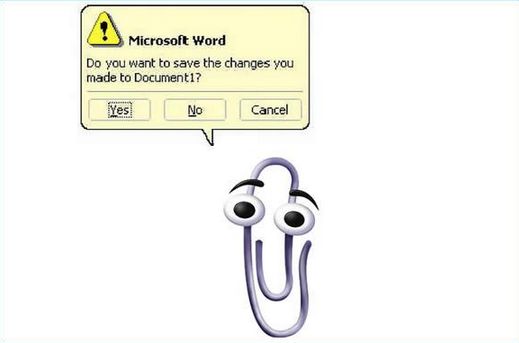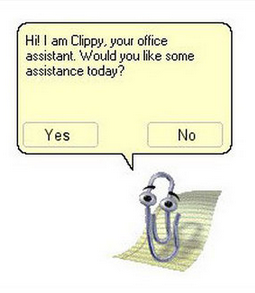
Microsoft’s Clippy has been dead for nearly a decade, but people still love to hate it. How did Microsoft mess up so badly in trying to create a useful digital assistant? According to a new piece in The Atlantic, the development team declined to take negative focus-group testing into account. “The engineers in the room were willing to throw out the focus-group-provided data—data which they paid hundreds of thousands of dollars for—because it didn’t cohere to their expectations,” the article paraphrases Roz Ho, a former Microsoft executive, as saying in a new documentary. Female users in particular hated Clippy. “Most of the women thought [Clippy and Microsoft’s other digital-assistant characters] were too male and that they were leering at them,” Ho added. Over the years, a lot of software companies have drawn lessons from the Clippy fiasco. For example, don’t create a feature that repeatedly interrupts the user—and if the users do complain about it, make sure you vaporize said feature as fast as humanly possible, rather than let it linger for years. Now it’s perhaps time to add another teaching: If your focus group has a problem with a feature—or even the project as a whole—perhaps it’s worth the time to take that criticism into account, and readjust.

